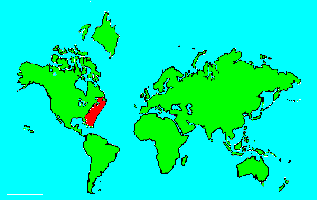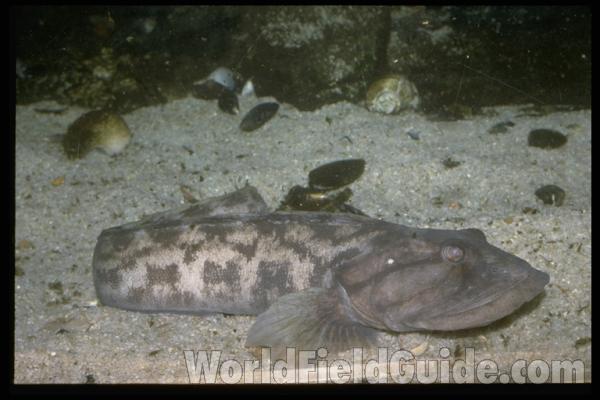SPECIES INFO
Ocean pout (Zoarces americana) is a member of the Zoarcidae family whose members are marine bottom dwellers which have elongated bodies and large heads.Bottom-dwelling marine fish, Zoarcidae, have large heads and an elongated body.
Cod group Gadiformes contains some very important commercial fish such as the haddock, cod, and whiting. This order is characterized by an unusual tail and a lack of bones in the fins.
Bony fish, Class Teleostomi, are a class of chordates that include the majority of fish-like animals found on earth. They are characterized by a bony jaw and a bony skeleton. They are found in both fresh and marine waters.
Backboned Animals (Phylum Chordata) are the most advanced group of animals on earth. These animals are characterized by having a spinal cord or backbone. Most members have a clearly defined brain that controls the organism through a spinal cord. Fish, amphibians, reptiles, birds, and mammals are in this phylum.
Currently, some taxonomists believe that the fish should be divided into two groups (sharks and regular fishes) and that there are some other primitive groups in the phylum such as hagfish or lampreys.
Animal Kingdom contains numerous organisms that feed on other animals or plants. Included in the animal kingdom are the lower marine invertebrates such as sponges and corals, the jointed legged animals such as insects and spiders, and the backboned animals such as fish, amphibians, reptiles, birds, and mammals.



